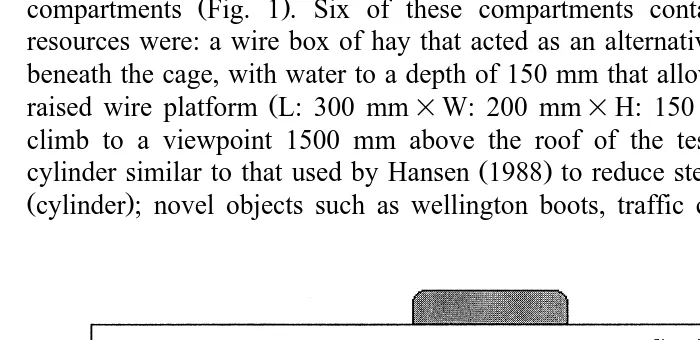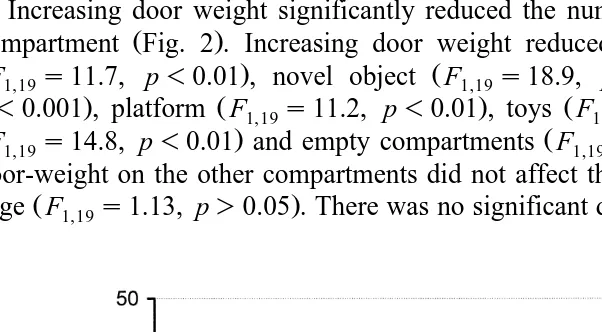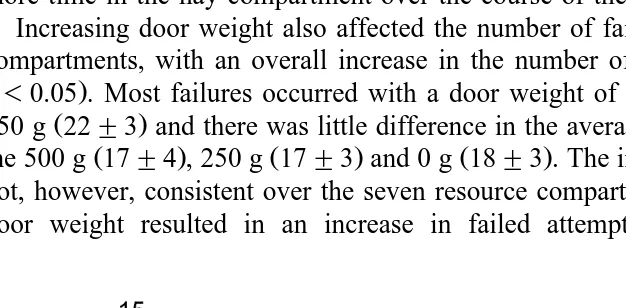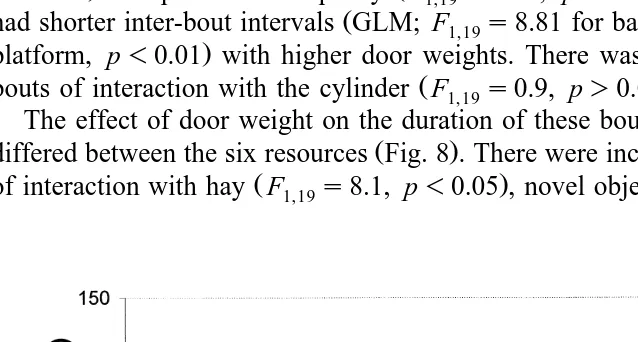Directory UMM :Data Elmu:jurnal:A:Applied Animal Behaviour Science:Vol66.Issue1-2.2000:
Teks penuh
Gambar




Dokumen terkait
Animals in group 1 were fed a control concentrate mixture containing de-oiled groundnut cake (DGNC) as a major protein source, whereas in groups 2 and 3, the DGNC replacement was at
It is possible that if the conversion of choline to betaine was impaired by the presence of ionophores, chickens would respond to betaine in methionine de®cient diets, and in
The objective of this study was to measure the effects of drying, at a wider range of temperatures than studied previously, in both aerobic and anaerobic conditions on measures of
Two feeding trials were conducted to study the combined effects of (i) varying degrees of selective consumption and (ii) supplementation with cowpea (Trail 1) or groundnut haulms
The consistency of the amino acid response to phytase addition appears to depend very much on the ingredients used, however, since whilst responses were observed in an amino
Increased consumption of water high in sulfate during hot summer months, coupled with increasing adaptation to high sulfur intake by sulfate-reducing bacteria in the rumen (Cummings
Primiparous does on diet H showed significantly higher DE intake and live weight gain ( p < 0.01) during lactation, but their milk yield was lower ( p < 0.05) than those
Feed consumption was similar in all dietary treatments in Trial 1 but it significantly increased for hens fed diets with 150 and 200 g kg ÿ 1 azolla meal on a total protein and


